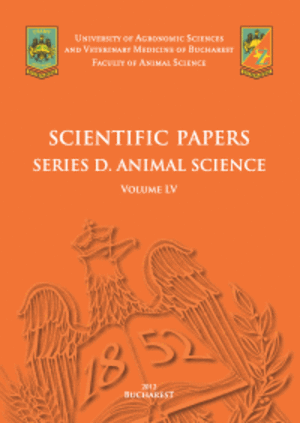Published in Scientific Papers. Series "Management, Economic Engineering in Agriculture and rural development", Vol. 25 ISSUE 1
Written by Alina MARCUTA, Valentina Constanta TUDOR, Cristiana TINDECHE, Cosmina SMEDESCU, Marius Mihai MICU, Dragos SMEDESCU, Liviu MARCUTA
The purpose of this study was to identify and analyze how climate variables influence the behavior of tourists and the evolution of economic indicators specific to tourism, highlighting the relationships between climate change and tourism dynamics.The research methodology integrates the analysis of some essential climatic and economic indicators. The TCI (Tourism Climate Index) and HCI (Holiday Climate Index) indicators were used to measure the climatic attractiveness of tourist destinations, based on variables such as average temperature, relative humidity, hours of sunshine, precipitation and wind speed. The correlations of these indicators with the economic ones, such as: the total number of tourists, the share of foreign tourists, income from tourism, the degree of occupancy of tourist units and the contribution of tourism to GDP, allowed us a comprehensive analysis of the interactions between climate and tourist demand. The statistical analysis revealed correlations between climatic and economic indicators. For example, sunshine hours and average temperature had a positive influence on the number of tourists and tourism income, while precipitation and high wind speed reduced the attractiveness of certain destinations, affecting the occupancy of accommodation units. In addition, moderate thermal amplitude was associated with greater thermal comfort and increased demand during peak periods. The study's conclusions indicate that climate change has generated both opportunities and risks for Romanian tourism. Rising temperatures and the extension of warm seasons have favored tourist flows in certain regions, such as the coast and mountainous areas in the warm season. On the other hand, extreme phenomena, such as heat waves, drought or rains have affected the predictability of tourist seasons, underlining the need to adapt the infrastructure and diversify tourist offers.
[Read full article] [Citation]

 Next Issue will be published according the the calendar.
Next Issue will be published according the the calendar.



